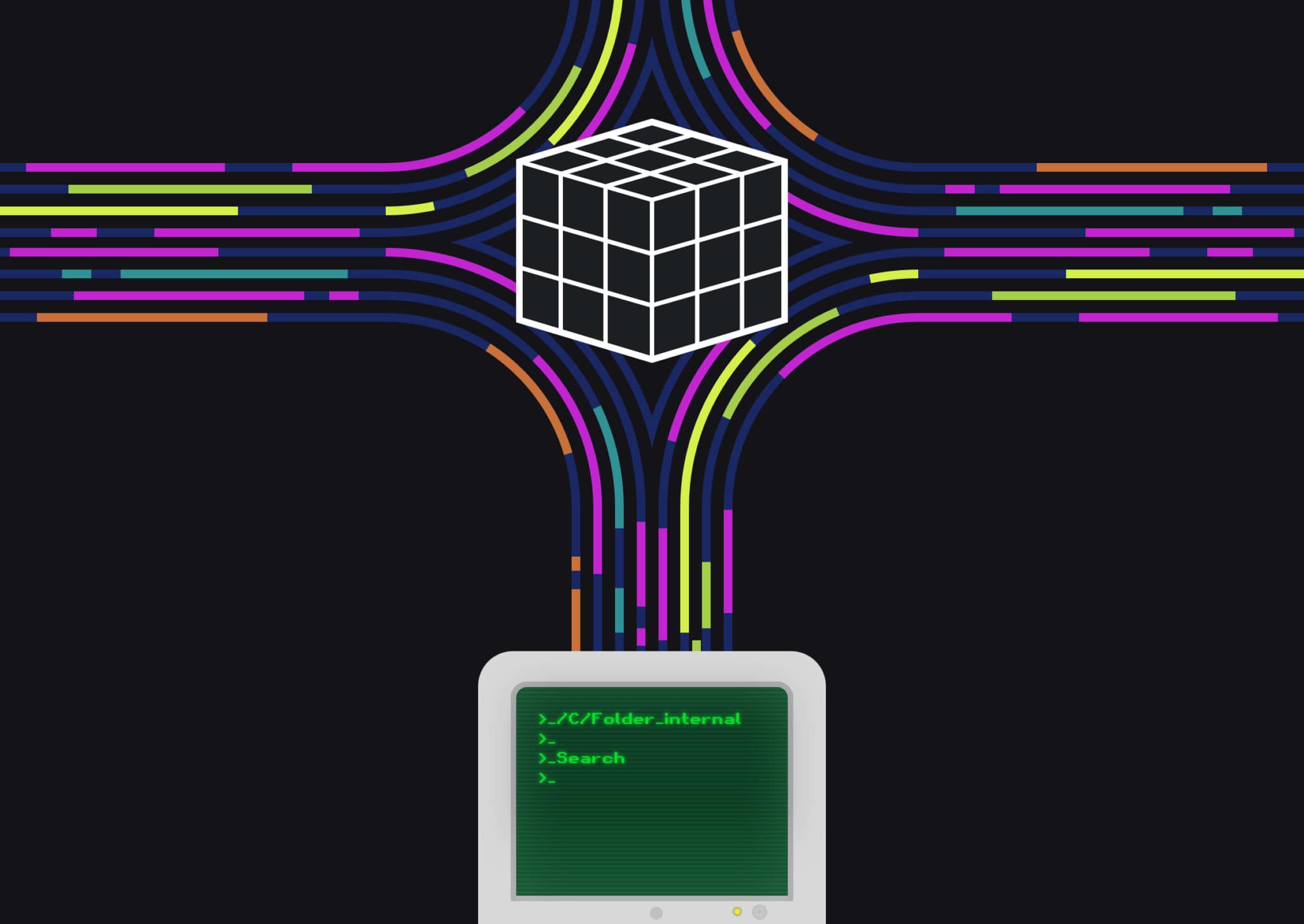
How to get intranet design right from day one
Following the completion of our preliminary study for a new intranet site for a large organisation, we thought we’d share some of our findings and learnings to help anybody else taking on a similar venture. Few projects will be the same scale as this one – the intranet in question serves over 10,000 people who are based at multiple sites, and it hasn’t changed structurally since it was launched a decade ago – but the same processes can be applied on a smaller or larger scale.These are six considerations to get the intranet design right from day one.
Qualitative ≈ Quantitative
Whenever undertaking an extensive project such as this, you need to collect and analyse qualitative and quantitative data. We interviewed over 100 people in different roles throughout the organisation, followed people’s on-screen activity (with their concession) when they were using the Intranet, and analysed countless user data. Based on this we were able to identify which pages were in use and why, and equally importantly, which pages were rarely visited – with almost as many pages as users there was a lot of repetition and redundant information. We then ranked pages and page types by popularity and identified thousands of pages that could be removed as they were making it harder for people to find the information they required.
Time changes everything
Not surprisingly, with a ten-year-old structure the information flows in the intranet site were no longer reflective of the organisation and its ways of working. This became obvious in our interviews – a common response was that people were spending too much time searching for information rather than working with information. It was clear that what worked ten years ago, wasn’t working today.
Mapping a new structure
To eliminate these problems, we mapped different key categories that would a) govern the structure of information and b) enable users to find the information they needed quickly. This meant providing access to information based on roles; managerial responsibilities; departments; and office locations. We found that by tagging pages according to these categories we could dramatically reduce the amount of data people could access and therefore minimise access to irrelevant material.
Domain and external expertise
In a project like this you need a combination of domain and external expertise to achieve the best results. As external consultants you can bring a lot of knowledge from previous projects, share best practices and take an objective view, but it can be difficult to get the full picture of an organisation, it’s eco-system and how roles interact. With a core team consisting of Daresayers and client staff, we were able to get a good understanding of the organisation and its roles, the relevant working procedures, as well as a historical perspective of the Intranet over the past ten years. The client was also able to provide us with a lot of the quantitative data that enabled us to understand user behaviours.
Take the users’ perspective
Many Intranet sites are designed from an information perspective (information owners) instead of from the users’ perspective. Although this makes it easier for site contributors, it doesn’t necessary help the users – the very people the Intranet has been built for. Again, this is where a tagging system comes into play. For instance, corporate news that is relevant for everybody should be placed in an open forum that people regularly check. Local sales meet-ups are probably only of interest to people working in that particular area and should be tagged and located accordingly. If any information becomes irrelevant, i.e. a product that has been decommissioned, then the old information should be removed from the site. The easier you make it for users to find relevant information the more effective they will be and the happier they will be with the service.
Change will always be challenged
Having said that, it doesn’t matter how dissatisfied people are with a service, some will still fear changes to it. And that’s simply because people get used to a certain way of working – quite often creating their own workarounds – and they fear things getting worse before they get better. For this reason, changes need to be stepwise and well communicated. Ripping down everything and starting again may seem like the best idea, but an organisation may not be able to handle it. Quite often it’s about evolution not revolution. Even though a new system may be built, a lot of information will be relevant. It’s about making sure information is easy to find, by the right people – while creating targeted content for staff based on different user needs.